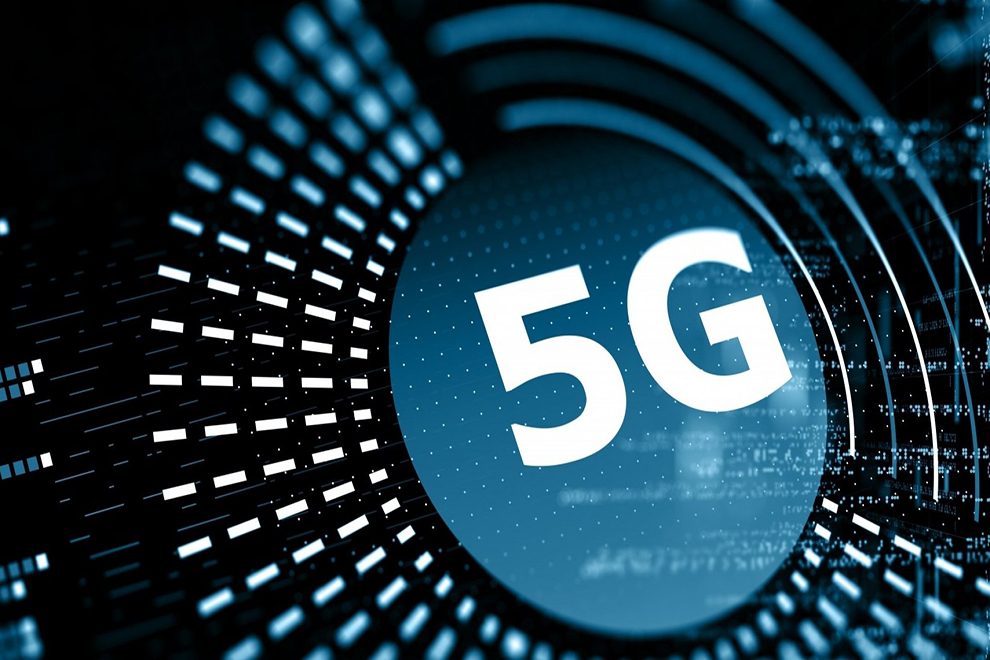By: Khalid Athar
We are entering a new era of information technology. In addition to the needs of consumers, most industries have now expressed an enormous appetite for digital transformation.
Recently- introduced advanced ICT technologies such as 5G, Cloud and AI are attracting interest across various industrial sectors, including factories, campuses, seaports, mining fields, power grid transmission, oil and gas, and more.
Indeed, most industrial players are investing substantial resources in digital transformation to meet business objectives related to productivity boost, manufacturing better products, effective maintenance, improving working conditions, cost reductions, and so on.
Examples of such strategic activities can already be found in various industries, from hotspots and campuses to wide-area facilities.
National public infrastructure:
1. Public Safety: In general, public safety has strict requirements to guarantee highly secure and reliable communications with wide-area coverage. The network must remain unblocked, and services must be available 24/7 without downtime and unplanned interruptions. Real-time audio and video backhaul in onsite scenarios also ensure command center control.
2. Civil Transportation: In civil aviation, airports, and backbone transportation scenarios, the transmission of a large volume of data needs reliable connectivity. Therefore, a WAN (wide area network) is required to implement high-speed and reliable transmission.
3. Energy Grid: Providing end-to-end secured transmission among all power grid equipment is generally regarded as very challenging. Typically, power grid transmission line inspection is difficult as a result of wide area of coverage, complex landscape, and weather challenges. Therefore, wide-area coverage, extremely low latency, and high-reliability power grid data transmission is required to make the overall control of the power grid system effective and operating on a 24/7 basis.
Industry Campuses:
1. Oil and gas campus: Digital transformation is becoming part of the oil and gas industry’s strategic vision. The large-scale use of more and more cutting-edge applications is improving the productivity of tools such as HD cameras with cloud-based machine vision, digital twins, HD sensors, remote control of robots, AGV, and more. All these use cases need ubiquitous, mobile, reliable connectivity with wide area coverage. Some leading oil companies in GCC countries, for example, are currently conducting 5G beta tests to validate the productivity gain of innovative use cases.
2. Ports: The working environment in ports brings various health risks and increased pressure on workforce management and recruitment costs. Therefore, the industry is evaluating new intelligent solutions to improve working conditions, reduce the pressure of staff recruiting and health safety, reduce operation costs and improve efficiency.
3. Smart factory: “Flexible manufacturing” is increasingly a major trend for smart factories, which relies on the responsiveness of the production line and supply chain. The evolution of highly-automated processes relies on reliable connections everywhere, artificial intelligence and cloud capability to realize advanced data transmission and analytics on the factory floor among machines, sensors, control center, maintenance teams, etc. In Germany for example, nearly 125 campus owners have applied licenses for deploying 5G since 2019. Other countries such as China, Japan, Korea, Europe and North America do embrace such trends.
To summarize, mobility, low latency, large bandwidth, multi-connection, security and reliability, and QoS guarantee in wide-area scenarios are becoming key requirements for digitalization in most industries. From a long-term development perspective, there is no doubt that 5G, as the most advanced communications technology, is a cornerstone of the digital transformation of these industries.
The unique value of 5G in industry digitalization
To promote technological development and social progress, the 3GPP has already defined relevant 5G capabilities to address the digital industrial transformation roadmap. In R15, which has been frozen in March 2019, the 3GPP has defined full eMBB capabilities (NSA, SA); basic low latency capabilities and vertical industry capabilities (eMBB slicing definition). In R16 (frozen in July 2020) the 3GPP, has defined full URLLC capabilities (0ms handover interruption/Network time synchronization/Latency monitoring/Multi-channel transmission); Vertical industry capabilities (Enhanced slicing to support URLLC/5G LAN/High-precision positioning/NR-V2X Ph1); in the upcoming R17 (to be Frozen by March 2022), will define full mMTC capabilities, Vertical industry capabilities (RAN slicing, NR multicast and broadcast, Enhanced NR node, NR-V2X Ph1).
All the milestones indicate that 5G, as a cutting-edge technology, has the most advanced features that no other technologies can replace:
1. Air interface: Large-scale Massive MIMO antenna technology is used in 5G networks, with 64T64R being the mainstream M-MIMO active antenna in the industry. This technology greatly increases the peak and average cell throughput. In addition, Massive MIMO significantly improves the signal coverage and strength on vertical and horizontal dimensions. Meanwhile, 5G further enhances flexibility and spectrum utilization efficiency and addresses the requirements of ultra-large bandwidth, ultra-low latency, and ultra-large-scale connection scenarios. Furthermore, 5G has advantages in decoding capability, decoding delay, chip size, and power consumption.
2. Coverage: The transmission power of outdoor 5G base stations can reach 320W, and the coverage is at the level of several kilometers (depending on the frequency bands). It is ideal for outdoor wide coverage scenarios. In addition, current largest 5G macro base stations can provide a cell capacity of several Gbps and allow simultaneous users to enjoy at least DL 100Mbps at the cell edge. In indoor scenarios, – using 5G air interface technology- 5G small base stations are ideal for industries thanks to high performance, E2E security, QoS differentiation, high reliability, full mobility including handover, and slicing functionalities.
3. Low Latency: 5G introduces flexible frame structure design, which can use multiple parameters (uplink-downlink ratio configuration, sub-carrier bandwidth, and system bandwidth, UL grant-free, mini-slot, etc.). With edge computing technology and new network architecture, 5G effectively meets the 1ms user-plane latency requirement of the International Telecommunication Union.
4. Connection Capability: NB-IoT and eMTC use OFDMA in the downlink and SC-FDMA in the uplink. The number of NB-IoT connections per 5G site is 100,000, and the number of eMTC connections per site is set to 50,000. The number of connections per site is far more than other previous wireless technologies for multi-connection in various industries.
5. Mobility: In 5G networks,the mobility and relevant handover mechanisms are fully supported between both 5G network and 5G terminals, which means significantly fewer handovers and more stable data transmission than WIFI APs, which is more suitable for mobile scenarios such as remote control, mobile video backhaul, and AGV in industries. In comparison, due to limited WIFI APs coverage, numerous wireless access points must
be deployed. Therefore, it does impact the optical fiber links to connect APs (some possible optimization like meshed WiFi could partly solve this issue, but it brings more complexity and cost in the overall WiFi network design).
6. SLA Assurance and Network Isolation:
- 5G Network Slicing: To tackle the large set of network requirements among multiple end-users (including verticals), 3GPP has defined the network slicing concept, providing the capability to define networks in a more dynamic way. With slicing, one can have network resources physically or logically isolated from one another, with specific instances of the 5G network dedicated to users and services as per their
exact and specific requirements and SLA. One could assume that each vertical has its own slices, fully independent of any other services. - MEC:5G allows for the most agile network deployment to meet every possible use case in the ultra-reliable, low latency, high throughput communication world. MEC enables a more reliable and robust, edge with 99.999% reliability being the foundation of 5G networks Additionally, one can bring telco-grade reliability to the enterprise world with MEC, as well as meet the requirements of enterprises networks while keeping enterprise data inside their campus.
- In accordance with the scheduling and coordination mode of access terminals, 5G adopts the logical separation architecture of access, control, and forwarding. The control plane function of core NEs is used to manage mobility and command and coordinate numerous terminals. This feature solves congestion issues when a large number of devices are accessing the network simultaneously.
7. 5G E2E Security: To extend the security of 5G sessions, the encryption keys size stands at 128 bits. Additionally, there is a much higher level of air interface security by best-in-class integrity check on both user plane and control plane messages which brings a new dimension to network security. Today, with robust encryption, integrity and confidentiality, networks can better guarantee security, resilience, privacy, and identity management and communication security. All of this is end-to-end across a 5G radio interface, 5G transport and 5G core network. Moreover, 5G not only delivers bidirectional authentication, but the integrity check and concealed identity concept introduced in 5G SA provides the highest level of network security.












